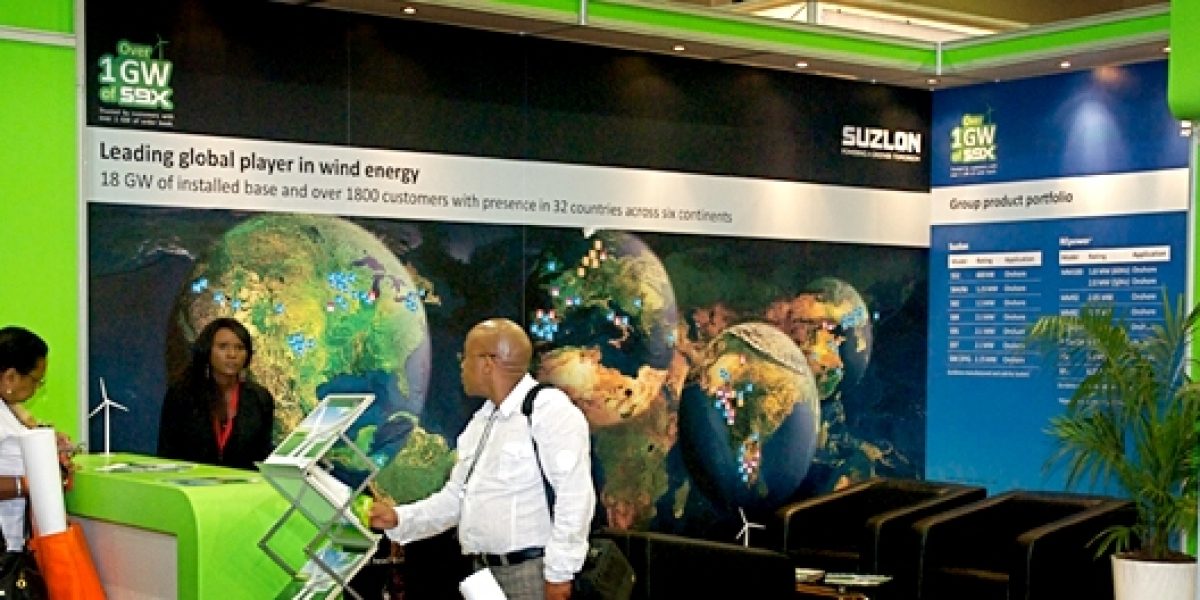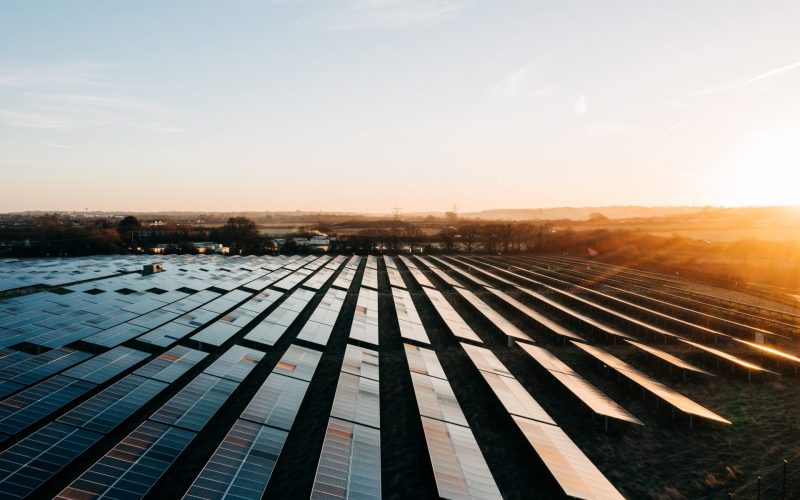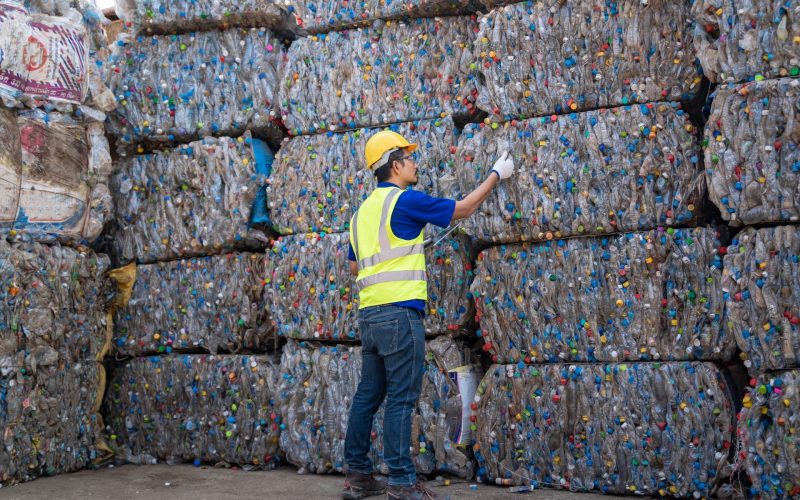The African Mining Indaba was held in Cape Town earlier this month, and Durban will soon host the much anticipated BRICS Summit this coming March. This week its Johannesburg’s turn to host the Africa Energy Indaba (19–21 February 2013), a regional event of the World Energy Council (WEC). The Indaba brings together leading decision makers, role players and experts to discuss how best to plan and develop Africa’s energy future.
Plenary speeches and panels will gather experts on Africa’s energy policy and security, but also those focussing on new approaches, such as renewable energy and the Energy and Water Nexus.
Africa has a number of renewable energy sources (RES): the Democratic Republic of Congo, Ethiopia and Uganda, for example, have massive hydro potential; Kenya has geothermal energy potential; and countries like Morocco, Egypt, Namibia and Ghana have the potential to generate complementary solar and wind energy. Desalination powered by solar and wind power is also taking shape in Tunisia and South Africa. In fact, current electricity needs in both Eastern and Southern African regions could be met by sourcing biomass energy from the sugar industry.
Many African countries have committed to addressing the continent’s energy challenges. Almost half of African countries have undertaken national resources assessments for one or more renewable energy source and, in 2011, African Energy Ministers adopted the Abu Dhabi Communiqué on Renewable Energy for accelerating Africa’s Development. On top of these initiatives, the African Union has committed to developing Renewable Energy Systems through programmes such as the Programme for Infrastructure Development in Africa (PIDA).
While there may have been a slight decline in clean energy investments worldwide, African countries such as South Africa have continued to strengthen their renewable energy markets. In 2003, the government released a White Paper on renewable energy, and in 2008 passed the National Energy Act. Both were aimed at strengthening energy planning in order to secure diverse energy resources in sustainable quantities and at affordable prices. More recently, South Africa released the National Development Plan for 2030, which included a dedicated chapter on the energy sector.
The Department of Energy (DoE) has also worked closely with Eskom, the South African public utility and electricity bulk provider, to promote a “national response to South Africa’s electricity shortage”. This plan includes work on the country’s electricity distribution structure and the fast-tracking of electricity projects by Independent Power Producers (IPP). The South African government’s Renewable Energy Independent Power Producers Procurement Programme (RE-IPPPP) seeks to increase significantly renewable-energy based electrification by 2030. The attempt to further develop natural resources in the country, with onshore wind and solar photovoltaic energy projects taking the lion’s share, couldn’t be clearer.
Companies from all over the world are contributing to the development of renewable energy in South Africa. In 2011, the Spanish company, Abengoa Solar in the Northern Cape, was selected in the first window for bidders opened by South Africa. The joint venture between the South African Exxaro and the Indian Tata Power company, Cennergi, together with Windlab, set up the Amakhala Emoyeni wind farm project in 2012. Also, South African-owned companies such as Mulilo Renewable Energy have already started to build partnerships, acting as Engineering, Procurement and Construction (EPC) operators. RE-IPPPP Projects that have been awarded contracts in 2011 and 2012 by the Department of Energy will enter into a Power Purchase Agreement (PPA) with Eskom that will guarantee payment of an agreed tariff for power generation. A final window should be opened by mid-2013 to complete the South African RE-IPPPP agenda.
With these companies competing for a spot in the sunlight, the relatively high cost of renewable technologies is beginning to decrease, a factor often considered the biggest obstacle for the development of renewable energies in developing countries. In South Africa, wind and solar tariffs have already dropped significantly since 2009, and grid parity should be achieved by 2015 for wind and by 2019 for solar power.
It goes without saying that improved synergies between RES and technologies across Africa would mean better use of the continent’s energy potential which, in turn, would contribute significantly to Africa’s development. Energy supply is an essential ingredient for economic development and the onus is on governments to link energy policies to industry, commerce and environmental care.
South Africa is buttressing its energy strategy by relying on several objectives, supporting research on RES and technological cooperation with major emerging countries. The country has set the stage for a sustainable energy future and the Africa Energy Indaba is a potentially useful platform for sharing experiences and strengthening partnerships with African and other countries to bring it all to fruition.








